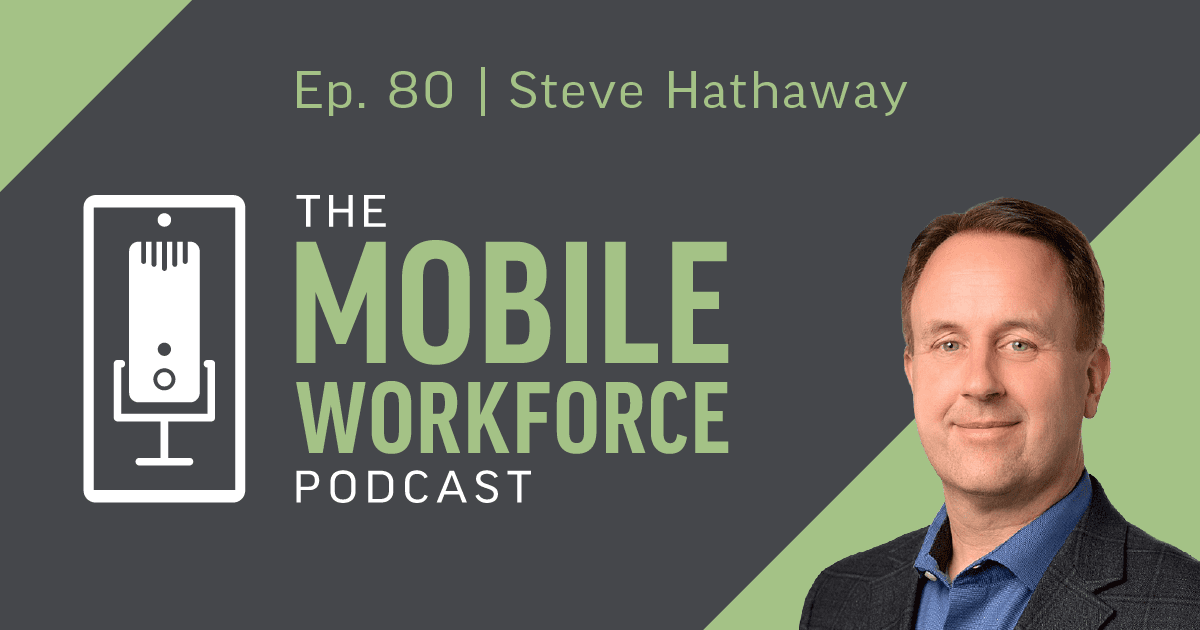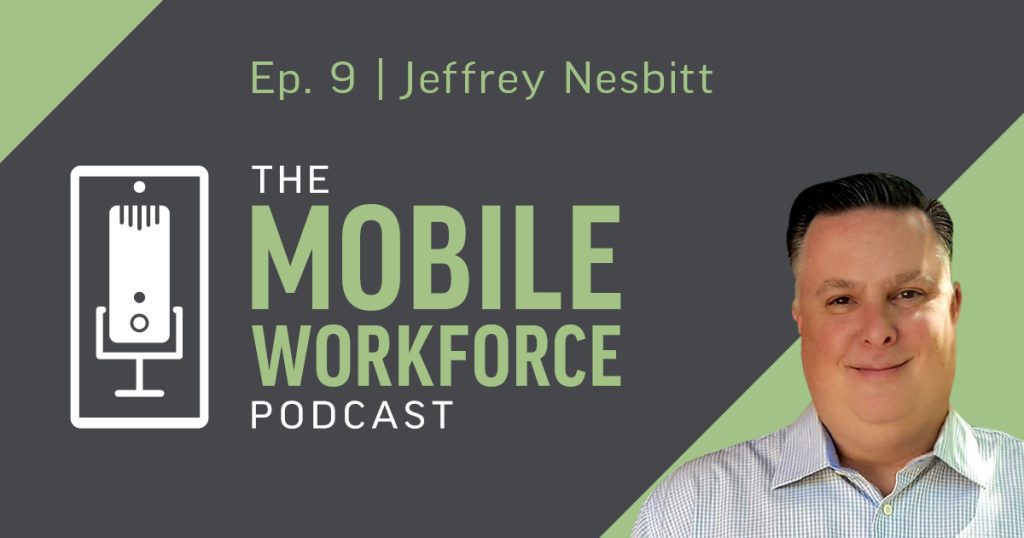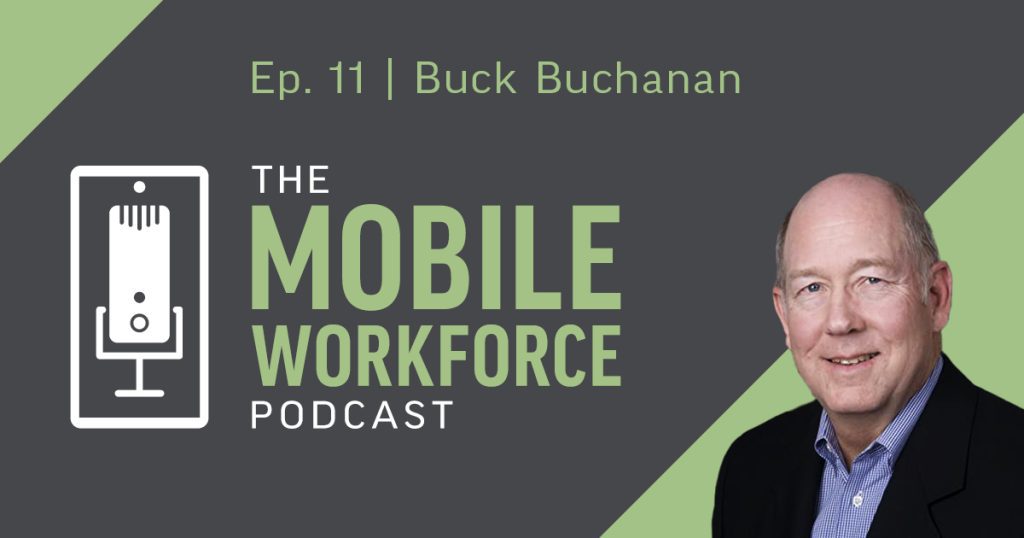May 26, 2022
Construction Best Practices for Simplifying and Future Proofing Your Data
Data is only as good as the information it is able to impart into your business and projects. So why is it so hard today to use the data we have been collecting to make better decisions? It’s because there isn’t an overarching strategy to drive our collection and retention practices.
Steve Hathaway the Founder and Principal Consultant of Construction Software Solutions joins Mike Merrill At the 2022 CFMA National Conference to discuss the strategies and processes needed to have good data today, tomorrow and ten years from now.
Key Takeaways
- Software is going to continue to fragment. It use to be that you could purchase an ERP and have everything you need to manage your business but that just isn’t the case anymore. To get the most out of your technology and to collect the best data your tech stack needs to be customized with different options that best match your business structure.
- There needs to be an overarching strategy to your data collection process. The fragmentation of software means that every business needs to have a clear plan for collecting, processing, and storing their data. This is especially important to act on immediately because the longer you wait the more time is wasted. Don’t be caught 5 years from now 5 years or more behind your competition in usable data because you didn’t put together a strategy today.
- The person closest to the data should be the one collecting and reporting it. To have the most reliable data you need to have accurate and timely data. The best process for ensuring that your data is reliable is to have the person that cares the most about that single data point be the one that collects it. Steve used the example of time tracking and how the person that cares the most about an individual worker’s timecard is that worker. Not the person processing payroll or the accountant. They care about the overall payroll, not the individual capture.



